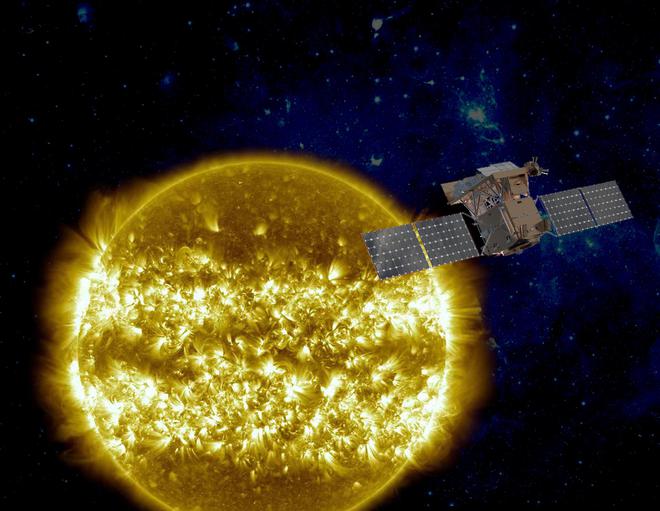A complete success! my country launches comprehensive solar exploration satellite “Kuafu-1”
161
At 7:43 on October 9, my country successfully launched the advanced space-based solar observatory “Kuafu-1” at the Jiuquan Satellite Launch Center using the Long March 2D-type carrier rocket. The satellite successfully entered the predetermined orbit, and the launch mission achieved A complete success.
The Advanced Space-Based Solar Observatory is a comprehensive dedicated satellite for solar exploration independently proposed by Chinese solar physicists. “After the “Huairou No. 1”, another space science satellite was developed and launched, achieving a leap-forward breakthrough in my country’s space-based solar exploration satellites.
The Advanced Space-Based Solar Observatory takes “one magnetic and two storms” as its scientific goal, and will take advantage of the 25th peak year of solar activity to conduct simultaneous observations of solar flares, coronal mass ejections, and the full-solar vector magnetic field to study the formation of the three , interact and relate to each other, and provide support for space disaster weather forecast that affects high-tech activities such as human spaceflight, communication, and navigation.
The National Space Science Center of the Chinese Academy of Sciences is responsible for the development and construction of the overall project and the ground support system. The Microsatellite Innovation Research Institute of the Chinese Academy of Sciences, the National Astronomical Observatory, the Changchun Institute of Optics and Mechanics and the Zijinshan Observatory are responsible for the development of satellite platforms and payloads. The scientific application system is developed by Zijinshan, Chinese Academy of Sciences. The observatory is in charge, the measurement and control system is implemented by the China Xi’an Satellite Measurement and Control Center, and the launch vehicle is developed and produced by the Eighth Research Institute of China Aerospace Science and Technology Corporation. The launch was the 442nd flight of the Long March series of launch vehicles.
